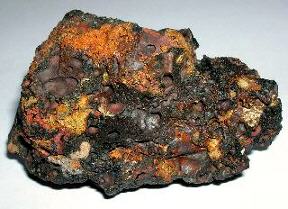Meteorite Studies: Introduction


METEORITES: A Systematic Classification Through Photographs
By David Weir (Updated regularly since May 1997)
“Where Splitters and Lumpers findMeteorite not seen to fall, but recovered at some later date. For example, many finds from Antarctica fell 10,000 to 700,000 years ago. Click on Term to Read More common ground”
A Word of Gratitude from Mendy Ouzillou
I have had the pleasure of interacting with David for many years and always appreciated his keen insights and broad knowledge regarding meteoriticsScience involved in the study of meteorites and related materials. Meteoritics are closely connected to cosmochemistry, mineralogy and geochemistry. A scientist that specializes in meteoritics is called a meteoriticist. Click on Term to Read More. I referred to his website www.meteoritestudies.com often to read his latest thoughts and ideas. As I started to develop my website, I wanted to work with David to better categorize and organize his entries so that it could be accessed and enjoyed by a broader audience. After discussions with David, he very graciously agreed for me to repost his content on the SkyFall Meteorites website. All content on www.meteoritestudies.com is reposted on www.skyfallmeteorites.com with permission from David Weir under an evergreen, exclusive worldwide license.
In David’s Words
My thanks to the many dedicated investigators whose ongoing research provides the basis for this content. Some of the sources utilized for this website are not peer-reviewed. This is an educational site intended for your personal or classroom use in pursuing meteoriteWork in progress. A solid natural object reaching a planet’s surface from interplanetary space. Solid portion of a meteoroid that survives its fall to Earth, or some other body. Meteorites are classified as stony meteorites, iron meteorites, and stony-iron meteorites. These groups are further divided according to their mineralogy and Click on Term to Read More studies.







